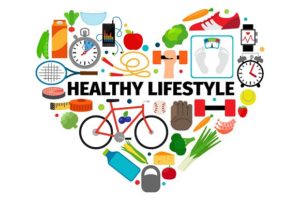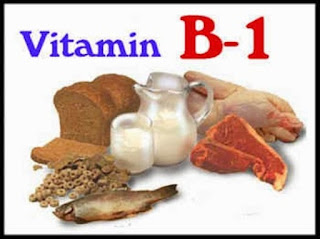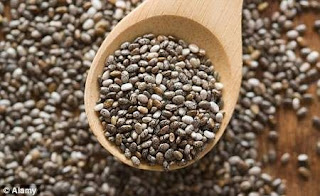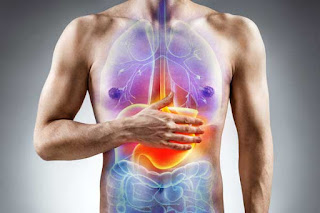10 interesting fact about Planet Earth
Planet Earth. That shiny blue marble that has fascinated humanity since they first began to walk across its surface. And why shouldn’t it fascinate us? In addition to being our home and the place where life as we know it originated, it remains the only planet we know of where life thrives. And over the course of the past few centuries, we have learned much about Earth, which has only deepened our fascination with it. But how much does the average person really know about the planet Earth? You’ve lived on Planet Earth all of your life, but how much do you really know about the ground underneath your feet? You probably have lots of interesting facts rattling around in your brain, but here are 10 more interesting facts about Earth that you may, or may not know. 1. Plate Tectonics Keep the Planet Comfortable: Earth is the only planet in the Solar System with plate tectonics. Basically, the outer crust of the Earth is broken up into regions known as tectonic plates. These are float







